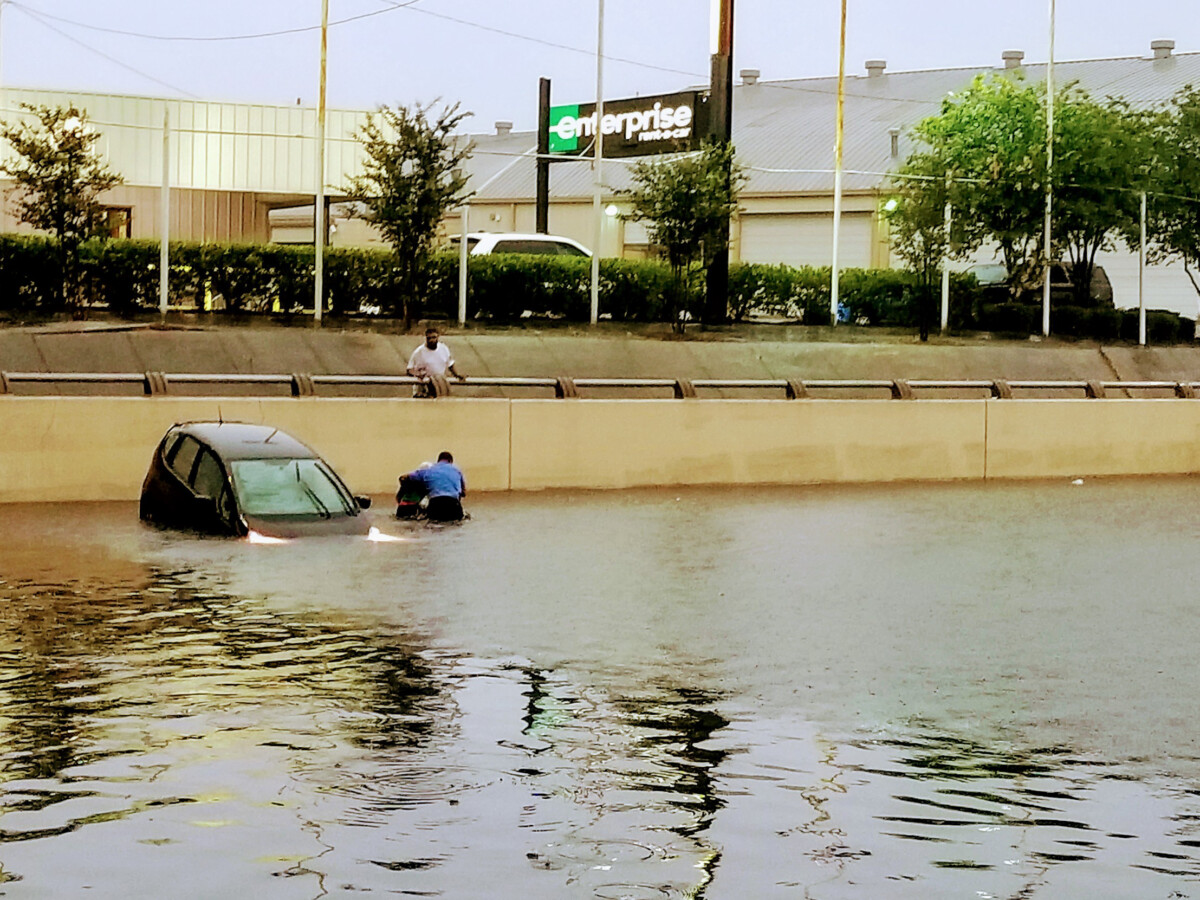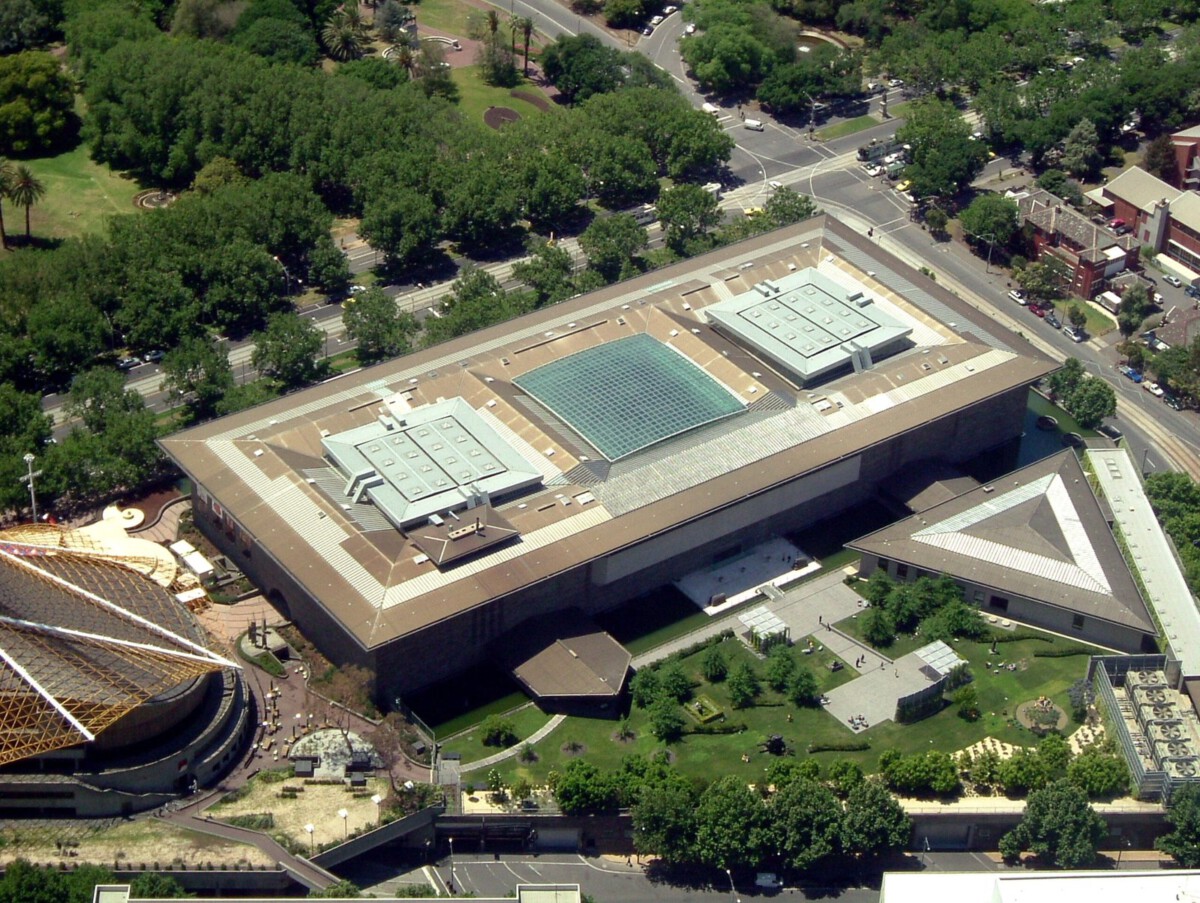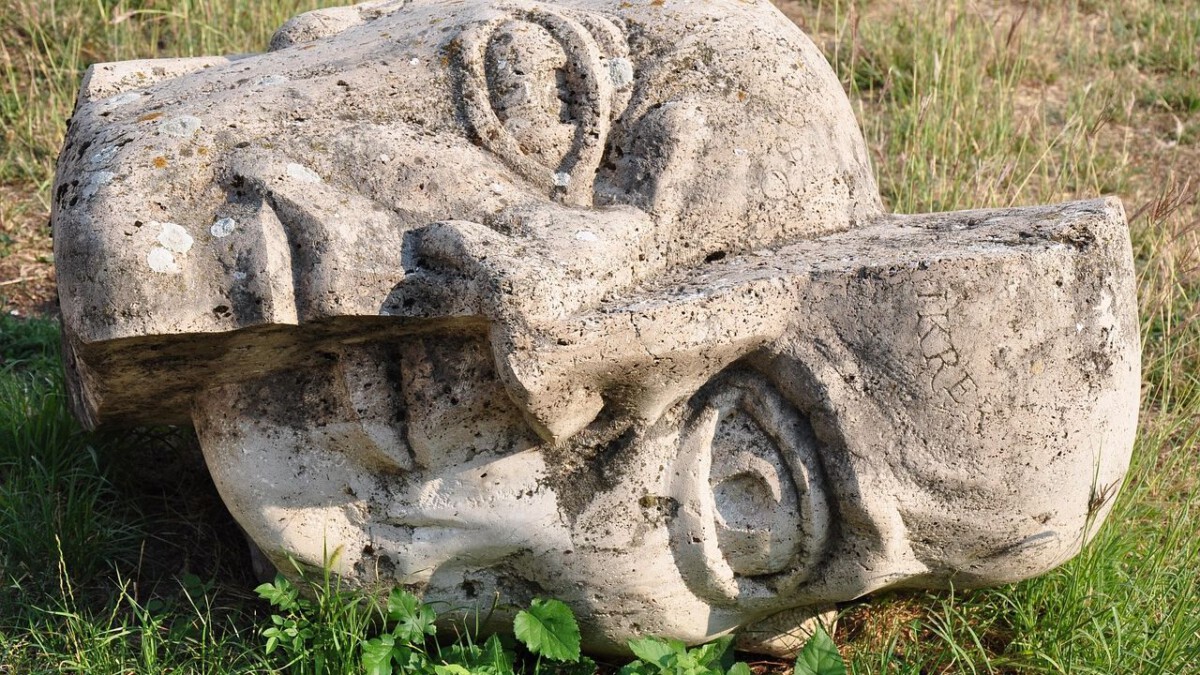The Unpredictable Climate of New Orleans

New Orleans, Louisiana, is often cited as one of the most dangerous cities for extreme weather in America. This vibrant city, known for its rich history and lively culture, is also a hotspot for hurricanes and flooding. Nestled by the Gulf of Mexico, New Orleans is particularly susceptible to these intense weather events. The city’s unique geography, with much of it sitting below sea level, only exacerbates the risks. Built on a delta, the city essentially floats amidst a network of levees and canals designed to keep the encroaching waters at bay. However, these structures have not always been foolproof, as evidenced by the catastrophic aftermath of Hurricane Katrina in 2005.
Hurricanes: A Recurring Nightmare

Hurricanes are a common occurrence in New Orleans, with the city experiencing numerous storms that have left lasting impacts. The hurricane season, which spans from June to November, is a period of heightened vigilance for residents. Hurricanes can bring devastating winds, torrential rains, and storm surges that overwhelm the city’s defenses. The infamous Hurricane Katrina is a stark reminder of the city’s vulnerability; it was one of the most powerful and destructive storms in U.S. history. The hurricane breached levees, led to widespread flooding, and caused significant loss of life and property.
Flooding: A Persistent Threat
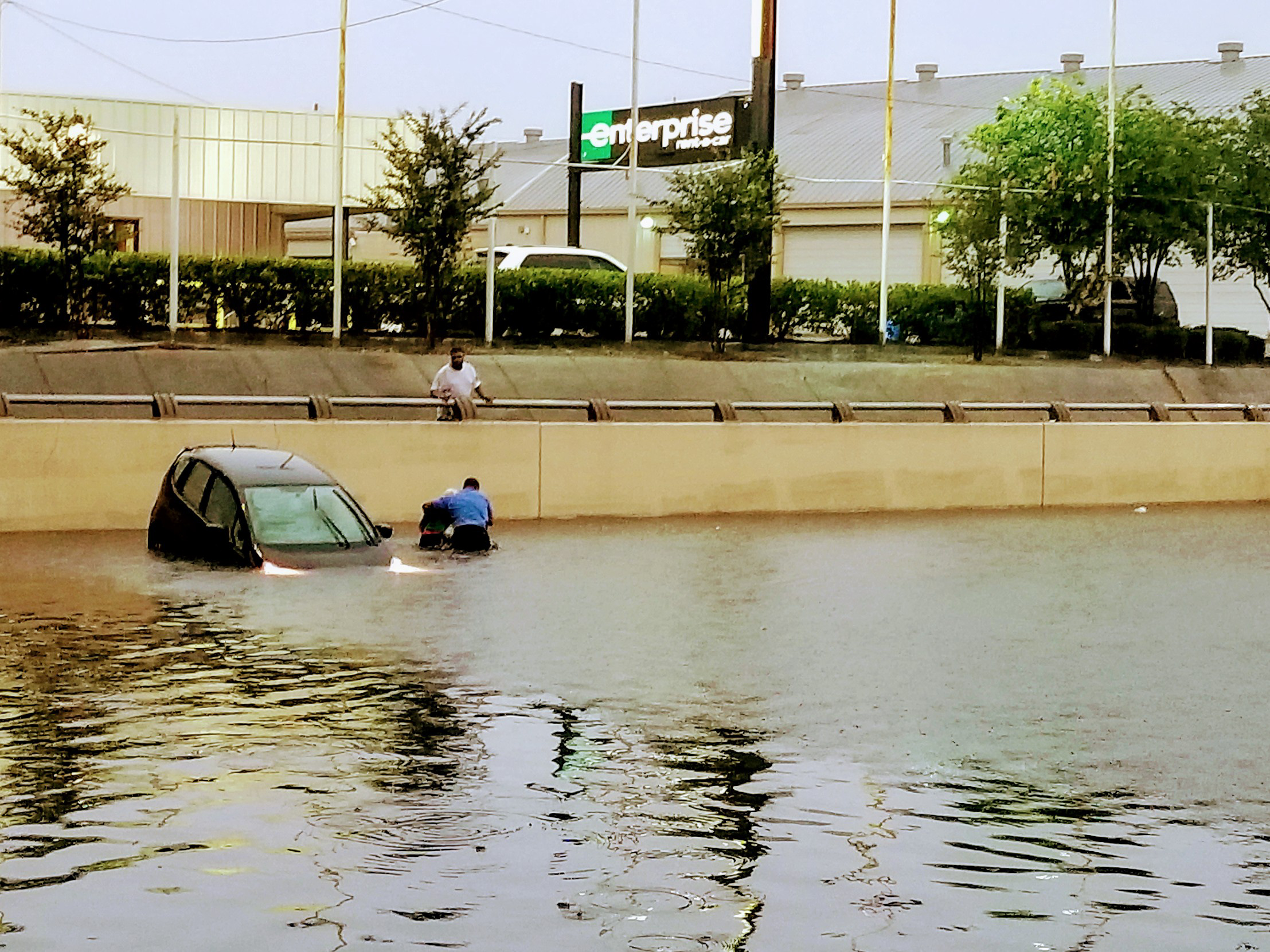
Flooding is another peril that New Orleans contends with regularly. The city’s location at the mouth of the Mississippi River makes it prone to riverine flooding. Coupled with intense rainfall, the risk of floods is ever-present. The intricate system of levees and pumps is constantly tested during heavy rains. Even with these defenses, the city has faced numerous flood events over the years. The rainwater can accumulate rapidly, turning streets into rivers and making transportation challenging for residents.
The Role of Climate Change

The effects of climate change have further intensified the weather risks faced by New Orleans. Rising sea levels and warmer ocean temperatures contribute to more frequent and severe hurricanes. Climate change also influences rain patterns, leading to heavier downpours and increased flooding. Scientists warn that these trends will continue, posing even greater challenges for the city’s infrastructure and residents. The combination of natural geography and human-induced climate change creates a perfect storm of conditions that elevate New Orleans’ risk profile.
Infrastructure Struggles and Resilience
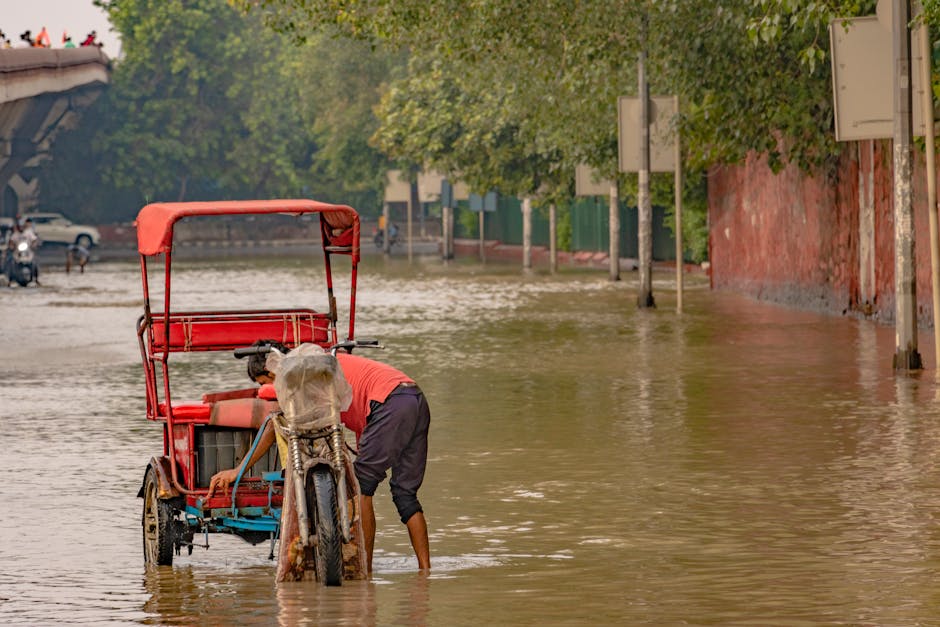
The city’s infrastructure, while robust in many respects, struggles to keep pace with the demands of extreme weather. The aging levee systems and drainage networks require constant maintenance and upgrades. After Hurricane Katrina, significant investments were made to bolster these structures, but the challenges remain formidable. Despite these hurdles, the people of New Orleans have shown remarkable resilience. Community efforts, emergency preparedness, and a strong spirit of solidarity help the city navigate the trials of extreme weather.
Economic Impact of Extreme Weather

The economic impact of extreme weather on New Orleans cannot be understated. Hurricanes and floods lead to enormous costs in terms of property damage, business disruptions, and recovery efforts. Tourism, a vital part of the city’s economy, also takes a hit during extreme weather events. The financial strain extends to individuals and families who must rebuild their lives and livelihoods in the aftermath of disasters. The economic ripple effects are felt far beyond the city limits, affecting the entire region.
Public Safety and Health Concerns

Extreme weather events pose significant public safety and health concerns in New Orleans. Hurricanes and floods can lead to injuries, displacement, and loss of life. The aftermath often presents additional health risks, such as waterborne diseases and mold-related illnesses. The stress of evacuation and recovery can take a toll on mental health. Emergency services and healthcare providers play a crucial role in mitigating these risks, but the challenges are immense, especially during widespread disasters.
The Role of Emergency Preparedness

Emergency preparedness is a critical component of New Orleans’ strategy to deal with extreme weather. City officials and residents work together to develop and implement plans to protect life and property. Evacuation routes, emergency shelters, and communication systems are essential elements of preparedness. Public awareness campaigns educate residents on the steps they can take before, during, and after a storm. This proactive approach helps minimize the impact of extreme weather and enhances community resilience.
Community Efforts and Innovations

Community efforts and innovations play a vital role in addressing the challenges posed by extreme weather in New Orleans. Local organizations, nonprofits, and volunteers often step up to provide support during and after disasters. Innovations in technology and engineering also contribute to improved defenses against extreme weather. For example, the use of advanced weather forecasting models and real-time flood monitoring systems help authorities make informed decisions. Community-based initiatives foster a sense of unity and shared responsibility, reinforcing the city’s ability to withstand and recover from extreme weather events.
Future Outlook and Challenges

Looking to the future, New Orleans faces ongoing challenges in dealing with extreme weather. The city must continue to invest in infrastructure improvements, climate adaptation strategies, and community resilience. Policymakers and planners must consider the long-term impacts of climate change and develop sustainable solutions to protect the city and its residents. While the road ahead is fraught with uncertainties, the spirit of New Orleans remains unyielding. As the city confronts the challenges of extreme weather, its resilience and determination shine through, offering hope for a safer and more secure future.

